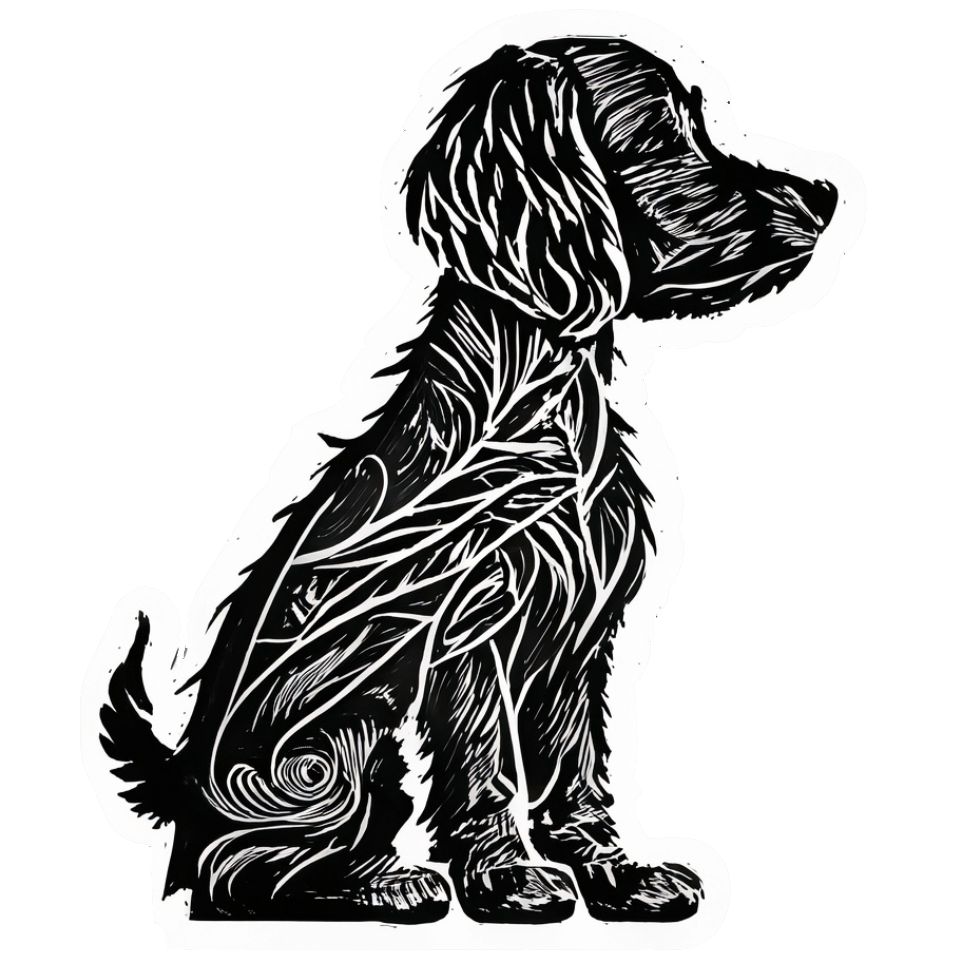Dogs are social animals, and they thrive on interaction with their owners and other dogs. However, sometimes dogs can exhibit behavior problems that can make it difficult to live with them. Some of these problems are more common than others, and some can be solved with simple changes in your dog’s environment or routine.
Here are 10 common dog behavior problems and how to solve them:
- Barking: Barking is a natural behavior for dogs, but it can become a problem if it is excessive or disruptive. To solve a barking problem, you need to identify the cause of the barking. Once you know the cause, you can start to address it. For example, if your dog barks when you leave the house, you can try leaving them with a toy or treat to keep them occupied.
- Chewing: Chewing is another natural behavior for dogs, but it can become a problem if your dog is chewing on things they shouldn’t, such as furniture or electrical cords. To solve a chewing problem, you need to provide your dog with plenty of chew toys and make sure they have access to them at all times. You should also try to identify the cause of the chewing and address it. For example, if your dog is chewing out of boredom, you can try to give them more exercise or mental stimulation.
- Jumping: Jumping is a common behavior for puppies, but it can become a problem if your adult dog continues to jump on people. To solve a jumping problem, you need to teach your dog to sit or down before they are allowed to greet people. You can also try to discourage jumping by turning away from your dog or ignoring them when they jump.
- Pulling on the leash: Pulling on the leash is a common problem for dogs who are not used to walking on a leash. To solve a pulling problem, you need to be consistent with your commands and be patient. You should also try to make walking on a leash a positive experience for your dog by rewarding them for good behavior.
- Digging: Digging is a natural behavior for dogs, but it can become a problem if your dog is digging in your yard or flower beds. To solve a digging problem, you need to provide your dog with a designated area to dig, such as a sandbox or a patch of dirt in the backyard. You should also try to identify the cause of the digging and address it. For example, if your dog is digging because they are bored, you can try to give them more exercise or mental stimulation.
- Running away: Running away is a serious problem that can be dangerous for your dog. To prevent your dog from running away, you need to make sure they are always on a leash when they are outside. You should also make sure your dog has a microchip in case they do get lost.
- Aggression: Aggression is a serious problem that can be dangerous for both your dog and other people. If your dog is showing signs of aggression, you should consult with a veterinarian or animal behaviorist.
- Fearfulness: Fearfulness is a common problem for dogs, and it can be caused by a variety of factors, such as a traumatic experience or a lack of socialization. To help a fearful dog, you need to gradually expose them to the things they are afraid of in a safe and controlled environment.
- Separation anxiety: Separation anxiety is a serious problem that can cause dogs to exhibit a variety of destructive behaviors, such as chewing, barking, and urinating or defecating in the house. To help a dog with separation anxiety, you need to gradually leave them alone for short periods of time and gradually increase the amount of time you are gone. You should also provide your dog with a safe and comfortable place to stay when you are gone.
- Excessive licking: Excessive licking can be a sign of a medical problem, such as allergies or anxiety. If your dog is licking excessively, you should take them to the veterinarian to rule out any medical problems. If there is no medical problem, you can try to reduce the licking by providing your dog with plenty of chew toys and by redirecting their attention when they start to lick.
By following these tips, you can help solve some of the most common dog behavior problems. However, it is important to remember that every dog is different, and what works for one dog may not work for another. If you are having trouble solving a behavior problem, you should consult with a veterinarian or animal behaviorist.




